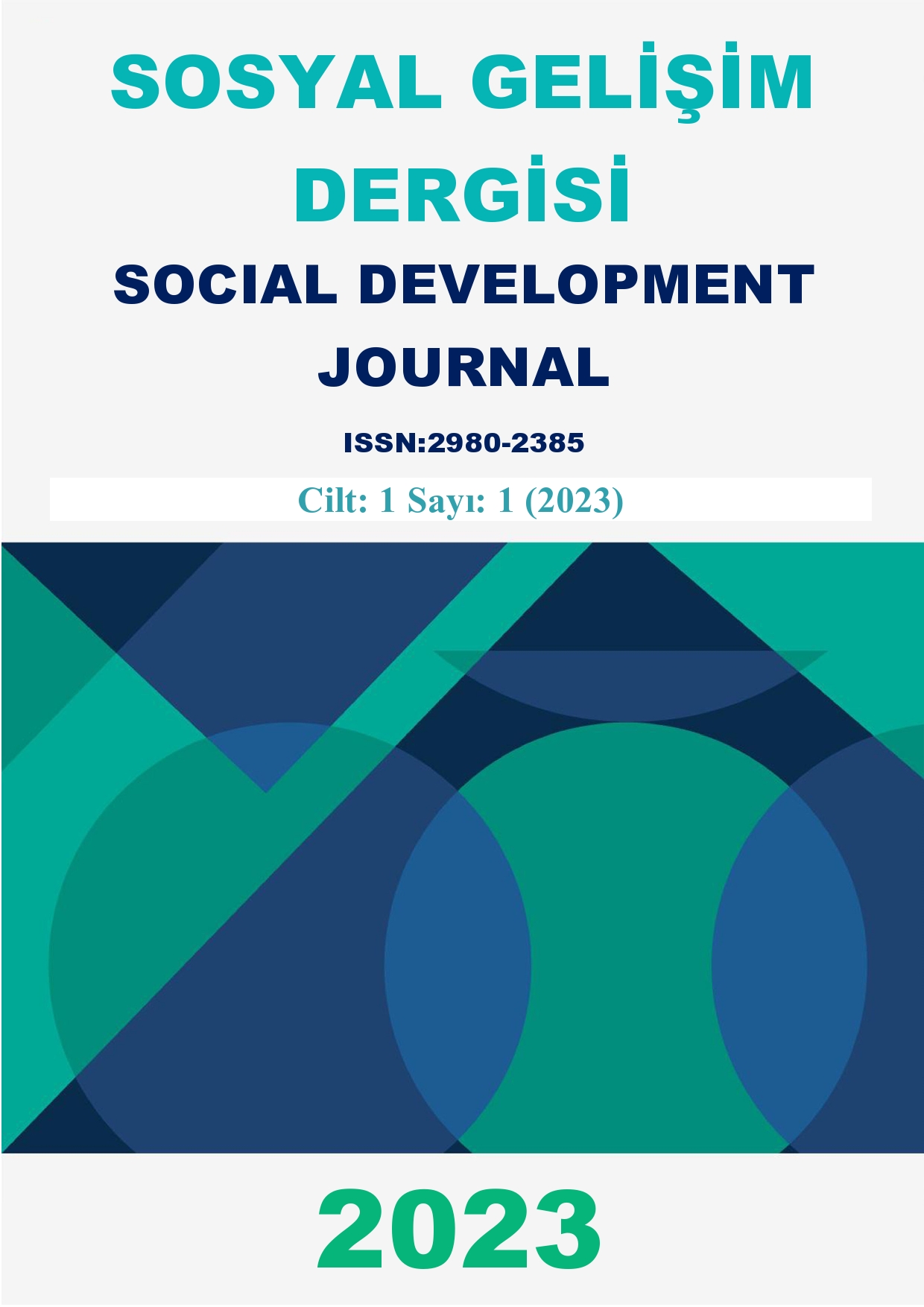The Mediator Effect of Loneliness Between Childhood Trauma and Criminal Tendency
Keywords:
Childhood Trauma, Loneliness, Crime, Tendency Towards CrimeAbstract
The aim of the study is to determine the relationship between childhood traumas and criminal tendencies and the mediating effect of loneliness in this relationship. In the study, 410 adults were reached and the findings related to childhood traumas, loneliness and attitudes towards crime were given. The research was determined as a descriptive relational survey model. The data obtained in the research were analyzed with the statistical package program. In the evaluation of the data, number, percentage, mean, standard deviation, t-test, anova, pearson correlation and linear regression analyzes were used as descriptive statistical methods. As a result of the research, it was determined that childhood trauma had a positive effect on attitudes towards crime. Loneliness was found to be a mediating variable between childhood trauma and attitudes towards crime.
References
Akyüz, G., Kuğu, N., Şar, V. ve Doğan, O. (2007). Trauma And Dissociation Among Prisoners. Nord J Psychiatry, 61, 167-172.
Benda B. B., Corwyn R. F. , (2002). The Effect of Abuse in Childhood and in Adolescence on Violence among Adolescents. Youth Society. 33: 339-65
Bernstein, D. P., Fink, L., Handelsman, L., Foote, J., Lovejoy, M., Wenzel, K., Sapareto, E. ve Ruggiero, J. (1994). Initial Reliability And Validity Of A New Retrospective Measure Of Child Abuse And Neglect. The American Journal of Psychiatry, 151(8), 1132–1136.
Carrizales, I.D. (2007). Loneliness, violence, and suicidality in incarcerated youth. unpublished doctoral dissertation. Oklahoma: Oklahoma State University.
Cuadra, L.E., Jaffe, A.E., Thomas, R. ve Dilillo, D. (2014). Child maltreatmen and adult criminal behavior: does criminal think explain the association?. Faculty Publications, Deparment of Psychology. 38(8), 1398-1408.
Demir, A. (1989). UCLA Yalnızlık Ölçeği'nin geçerlik ve güvenirliği. Psikoloji dergisi, 7(23), 14-18.
Gershoff, E. T. (2002). Corporal Punishment by Parents and Associated Child Behaviors and Experiences: A Meta-Analytic and Theoretical Review. Psychological Bulletin, 128(4), 539–579.
Gómez, A. M. (2011). Testing the cycle of violence hypothesis: Child Abuse And Adolescent Dating Violence As Predictors Of İntimate Partner Violence İn Young Adulthood. Youth & Society, 43(1), 171-192.
Güleç, H., Topaloğlu, M., Ünsal, D. ve Altıntaş, M. (2012). Bir kısır döngü olarak şiddet. Psikiyatride Güncel Yaklaşımlar, 4(1), 112-137.
Hayes, A. F. (2013). Introduction to mediation, moderation, and conditional process: A regression-based approach, 2nd ed.; The Guilford Press: New York, USA.
Herman, J. (2015). Travma ve İyileşme: Şiddetin Sonuçları Ev İçi İstismardan Siyasi Teröre. (Çev: T. Tosun), 3. Basım, Literatür Kitapevi. (Orijinal basım çalışma tarihi 1997).
İçli, T.G (2016). Kriminoloji. Ankara: Seçkin.
Karasar, N.(2009). Bilimsel Araştırma Yöntemi. 2. Baskı. Ankara: Nobel Yayınları, s.77.
Mills JF, Kroner DG, Forth AE (2002) Measures of Criminal Attitudes and Associates (MCAA) development, factor structure, reliability, and validity. Assessment 9:240-53.
Nergiz, H. ve Işıklı, S. (2021). Suça Yönelik Tutumlar ve İlişkiler Ölçeği Türkçe Formu’nun geçerlik ve güvenirlik çalışması. Türk Psikiyatri Dergisi, 32(2), 118-128. https://doi.org/10.5080/u23316
Palinkas, L., Horwitz, S., Green, C., Wisdom, J., Duan, N. & Hoagwood, K. (2015). Purposeful sampling for qualitative data collection and analysis in mixed method implementation research. Administration and Policy in Mental Health and Mental Health Services Research, 42(5), 533-544
Russell, D., Peplau, L. A., & Ferguson, M. L. (1978). Developing a measure of loneliness. Journal of Personality Assessment, 42, 290-294.
Scully, D (2013). Understanding sexual violence. İstanbul: Metis Yayıncılık.
Solak, A. ve Solak, Ö (2015). Gündelik hayat sosyolojisi açısından suç ve suç korkusu. Ankara: Hegem Yayınları.
Şar, V., Öztürk, E. ve İkikardeş, E. (2012). Çocukluk çağı ruhsal travma ölçeğinin türkçe uyarlamasının geçerlilik ve güvenirliği. Türkiye Klinikleri, 32(4), 1054–1063.
WHO. (2006). Çocuklara Kötü Muamelenin Önlenmesi: Bu Konuda Harekete Geçilmesine ve Kanıt Toplanmasına Yönelik Bir Kılavuz. http://apps.who.int/iris/bitstream/10665/43499/21/9241594365_tur.pdf adresinden erişildi.
Widom, C. S. (1989). Does Violence Beget Violence? A Critical Examination Of The Literature. Psychological Bulletin, 106 (1), 3-28.
Yaparel, R., 1984, “Sosyal İlişkilerdeki Başarı ve Başarısızlık Nedenlerinin Algılanması İle Yalnızlık Arasındaki Bağlantı”, Yayınlanmamış Yüksek Lisans Tezi, Ankara: Hacettepe Üniversitesi Sosyal Bilimler Enstitüsü.
Yüksel, M. ve Çifci, E.G. (2017). Yetişkin Hükümlülerin Çocukluk Çağı travma düzeyinin bazı değişkenler açısından incelenmesi. Türkiye Adalet Akademisi Dergisi. 30, 57-86.
Zurbriggen, E. L., Gobin, R., & Freyd, J. J. (2010). Childhood Emotional Abuse Predicts Late Adolescent Sexual Aggression Perpetration and Victimization. Journal of Aggression, Maltreatment, and Trauma, 19, 204-223.
Downloads
Published
How to Cite
Issue
Section
License
Copyright (c) 2023 SOSYAL GELİŞİM DERGİSİ

This work is licensed under a Creative Commons Attribution 4.0 International License.


